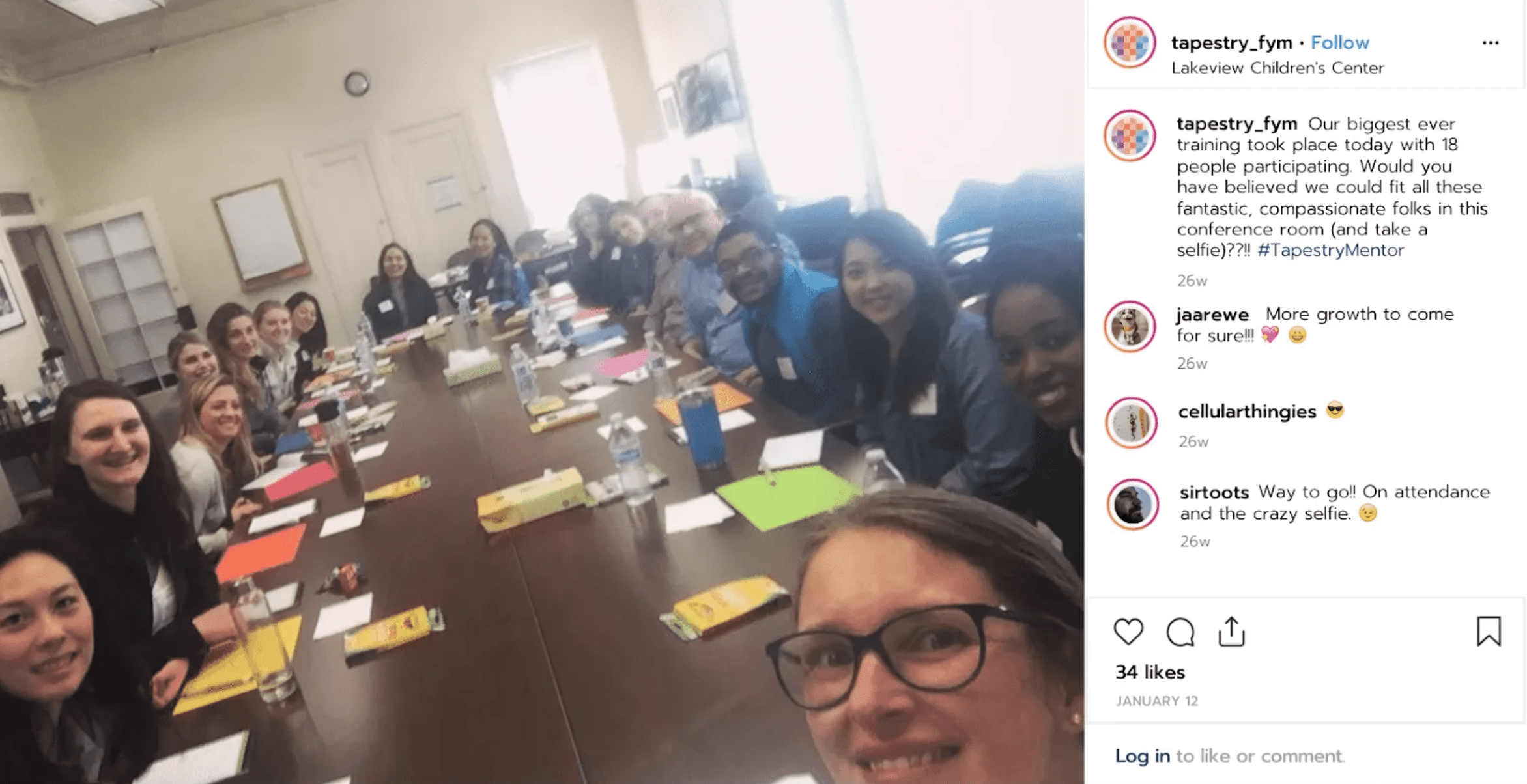Apologies for the week-long absence. I’m sure it doesn’t seem to bode well for the future of this blog, but I’m honestly just trying to enjoy my last couple weeks of relative sanity before the new semester starts. And again, that means we’re pushing back the anticipated release of the CSC Sunday column. (Conveniently, that gives me more time to figure out just what the hell it’s going to be.)
Plus it was my birthday. More on that in a second.
First, here are a bunch of news items that caught my attention in the past week:
Financial Times: Green activists concerned over People’s Car
This has been in the news quite a bit and is a little worrying due to the pure numbers involved.
Science Daily: Mysterious Explosion Detected In The Distant Past
Includes some brilliant science writing:
Most bursts fall in one of two categories: long bursts and short bursts, depending on whether they last longer or shorter than three seconds.
New York Times: Digital Tools Help Users Save Energy, Study Finds
One of the (relatively few) John McCain ideas I can get behind is his point about wanting to inspire people to be willing to make sacrifices for something bigger than themselves (see David Foster Wallace’s excellent “Up, Simba!“). I think efforts like this could turn into our generation’s version of victory gardens and the like. Then again, my roommate and I have been talking about finishing up that insulating-plastic-on-the-windows thing for a couple weeks now (ever since we got our first real winter electric bill to go with our frickin’ hotel room heater), so it’s not like I’m tearing it up on the being-part-of-the-solution tip.
New York Times: Running and Fighting, All to Save Her Son
Why have my roommate and I been watching “Terminator: The TV Show”? (1) I love robots. (2) It’s writer’s strike good:
I propose circumventing the problem with the creation of two temporary critical categories: strike-good and, well, just plain good. To the second denomination I submit “Terminator: The Sarah Connor Chronicles,” a new Fox series that begins on Sunday.
(In the interest of full disclosure, I should add that I don’t think Michelle’s actually interested in the series, it’s just that we only have one TV.)
Science News: Small Infinity, Big Infinity
In other David-Foster-Wallace-has-written-a-book-or-essay-or-something-about-it news, here’s a neat little Cantor article. Set theory, meet game theory.
The Chronicle Herald: Another way to fly: blimps
No energy- or technology-related insight here, I just think it would be cool to fly around in blimps.
New York Times: Team Creates Rat Hearts Using Cells of Baby Rats
One of those “I didn’t know we could do that” moments. Well, something like that. Until recently, we couldn’t.
Times West Virginian: ‘Kids think it’s a game’
Another “Officials noted there may soon be a shortage of engineers” sighting.
Waco Tribune-Herald: Hewlett-Packard CEO visits Waco, talks about U.S. technology field
And another.
New York Times: Ford and Chrysler Unveil Their Redesigned Pickups, G.M. Buys Stake in Ethanol Made From Waste, Toyota Will Offer a Plug-In Hybrid by 2010
Thought it was interesting that all three business articles in my NYT email this morning were about auto makers. By the way, if you’re interested in “the alcohol economy” (as an energy, not intoxication source), check out Energy Victory by Robert Zubrin.
New York Times: American Cut Back Sharply on Spending
I don’t want to sound like a total economics ignoramus, but I really want to be excited about this news.
whatsnextblog.com: We Can Use Salt Water as Fuel Right Now
I’m not sure you should believe the hype, but this is interesting. I’d heard about this guy’s “radio”therapy stuff but not the burning salt water.
Lake Superior State University 2008 List of Banished Words
Great leadoff: “perfect storm.”
See, I wasn’t totally neglecting my blogging duties this week. Anyway, here’s a few pics from my birthday Saturday. Thanks to everyone who came out; it was terrific to see you all.
My parents came into town and brought a stadium cake (we were all sitting around watching the Packer victory). Not a good thank-you line: “Wow, did Rachel make it?’
Sarah and co. had just come from a rodeo (well, bull riding only).
The next day, Sarah brought over another cake, one Emily’s mom made. She (Sarah) went a little overboard with the candles.
Sorry about the ratio of pictures of cake to pictures of people. Apparently it’s no longer a good idea to post pictures of adults drinking beverages they’re legally allowed to drink.
